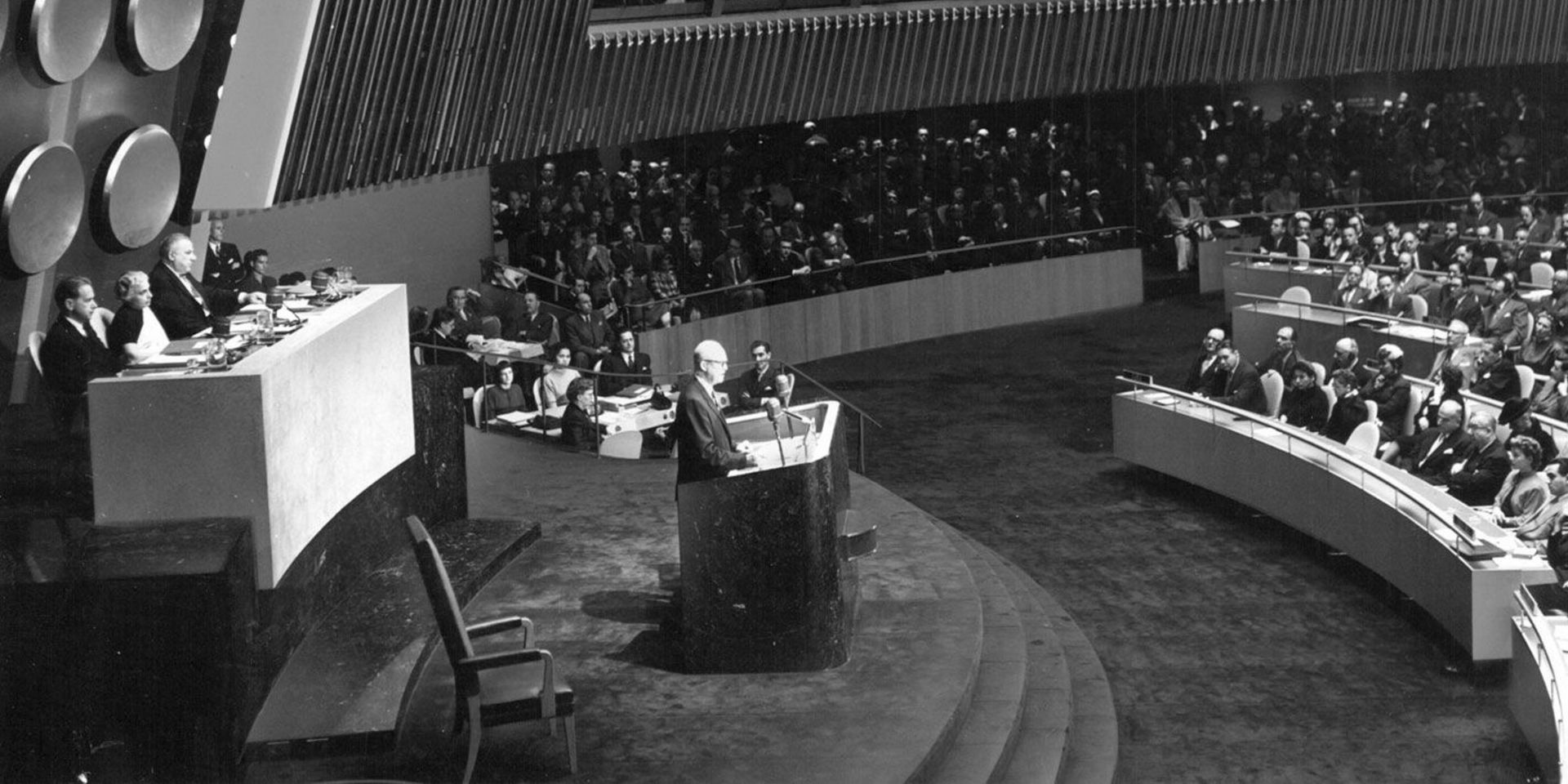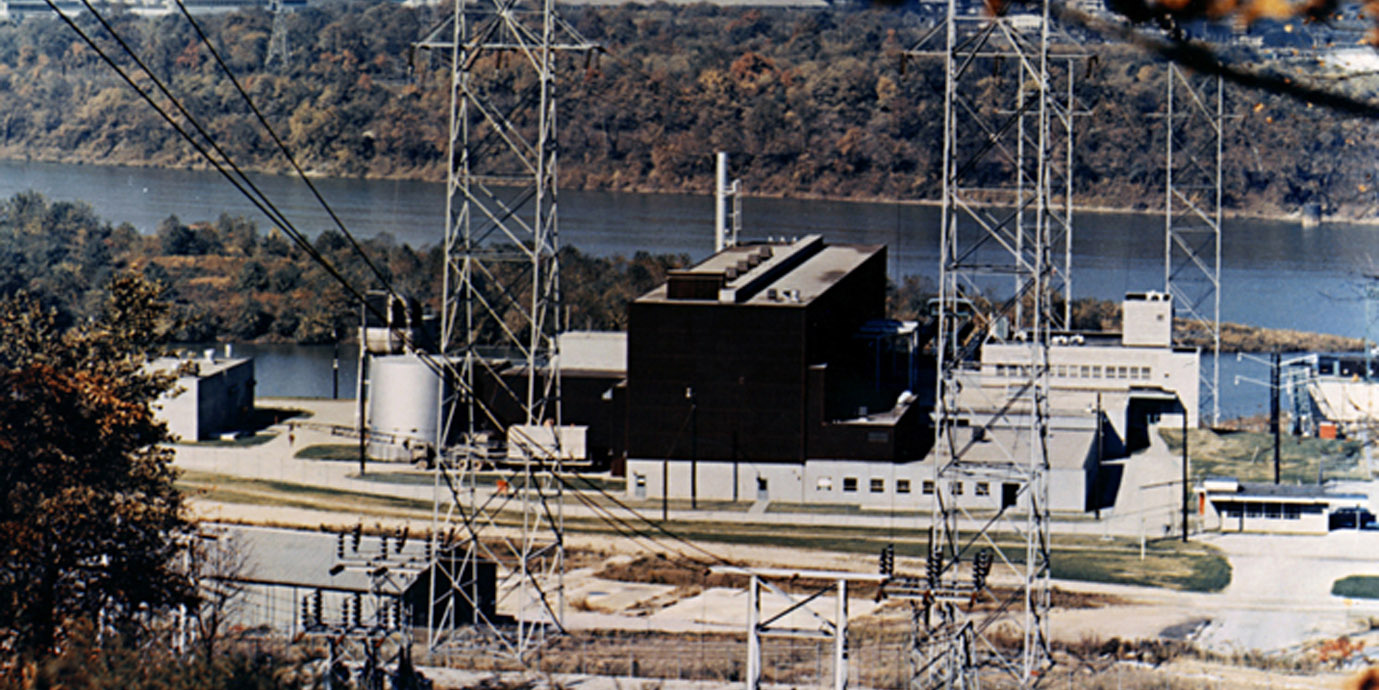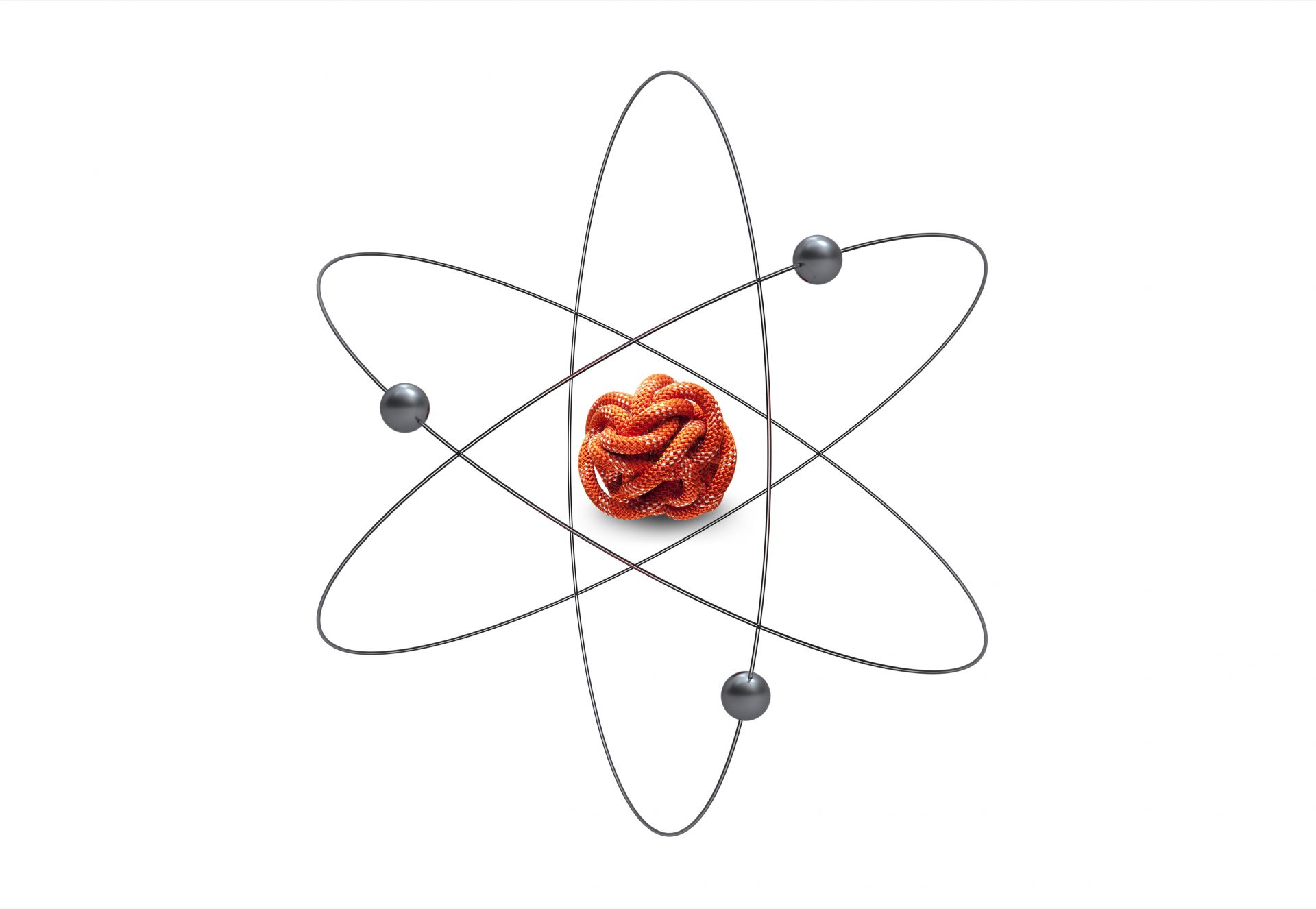Nuclear energy has watershed moment at COP28
What happened at COP28, the annual United Nations climate event held this year in Dubai, was the greatest outpouring of global support for nuclear power the world has seen since the thunderous reception to Eisenhower’s Atoms for Peace call exactly 70 years ago. For the first time, nuclear energy was specifically mentioned in the closing statement of a COP event as one possible way to combat climate change.





